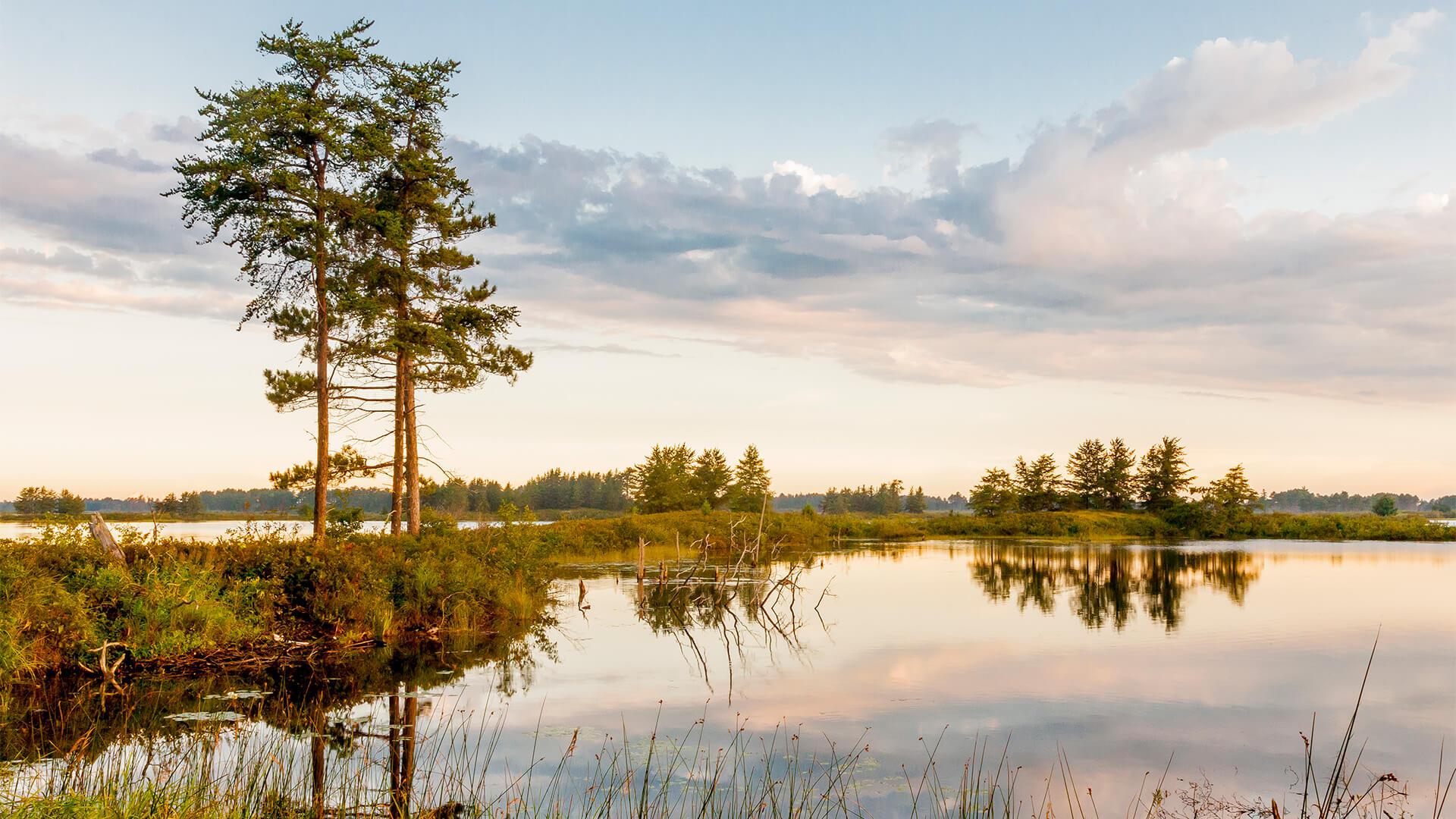

Michigan’s Upper Peninsula Seney National Wild Refuge has several locations, two of which are within day-trip distance to Tahquamenon Country! One of the most pristine nature refuges in the state, this tourist destination attracts over 88,000 visitors each year. Visit both while you’re in the area.
Established in 1998, the United States Coast Guard transferred 33 acres of Seney National Wildlife Refuge to Whitefish Point. In 2012, 20 more acres and 1,000 feet of shoreline were acquired with private donations.
This location is a stopping point for migrating birds making their way to and from Canada each year. Thousands of raptors, perching birds and waterbirds funnel through the Point to cross Lake Superior. The unit's primary natural features are gravel beaches, sandy beach dunes and stunted jack pine-dominated forest, according to the National Seney Wildlife Refuge.
The Michigan Audubon Society collects data on migrating birds and their Great Lakes habitats from the Whitefish Point Bird Observatory, which has led to the area’s recognition as a Globally Important Bird Area. Today, you can see the birds up close via small foot paths that have developed into the landscape. During your visit, please stay on the existing trails and off the dunes. Please also be aware of beach closures to protect nesting Piping Plovers. This endangered species started nesting again at Whitefish Point in 2009.
Whitefish Point shares parking and restrooms with the Great Lakes Shipwreck Historical Society. There is a small visitor center with a bird feeding station, small exhibit area and gift shop.
The Seney National Wildlife Refuge is located in Germfask, Michigan, just a half an hour west of Newberry. Visitors can enjoy: hunting, fishing, birding, wildlife observation, interpretation programs, environmental education, photography, hiking, biking, canoeing, kayaking, geocaching, cross-country skiing and snowshoeing, birding, mushroom foraging, and berry picking.
A variety of wildlife species can be seen throughout the Seney Wildlife Refuge. Currently, there are approximately 10 pairs of common loons nesting each year. The refuge is also well known for the impressive numbers of sandhill cranes that migrate back year after year. Their bugling can be heard throughout the refuge. Eagles, osprey, owls and swans along with other bird species make Seney their seasonal home. Wolves, deer, otter, bear, coyote and moose also find their place here and thrive throughout the 95,238 acre refuge.
Guests can stop in at the Visitor Center (one mile from the entrance) between May and October. Please visit their website for exact dates and times.
People of all ages will truly enjoy a day at the Seney Wildlife Refuge. The 7-mile Marshland Wildlife Drive is a must for wildlife viewers visiting the refuge. The route takes visitors alongside open water ponds and wetlands, sedge meadows and through forests. These diverse habitats attract native and migratory wildlife, many of which can be seen at close range on both sides of the auto route, and often seen in the pine stands growing along many of the dikes. The drive has three wheelchair-accessible wildlife observation decks.